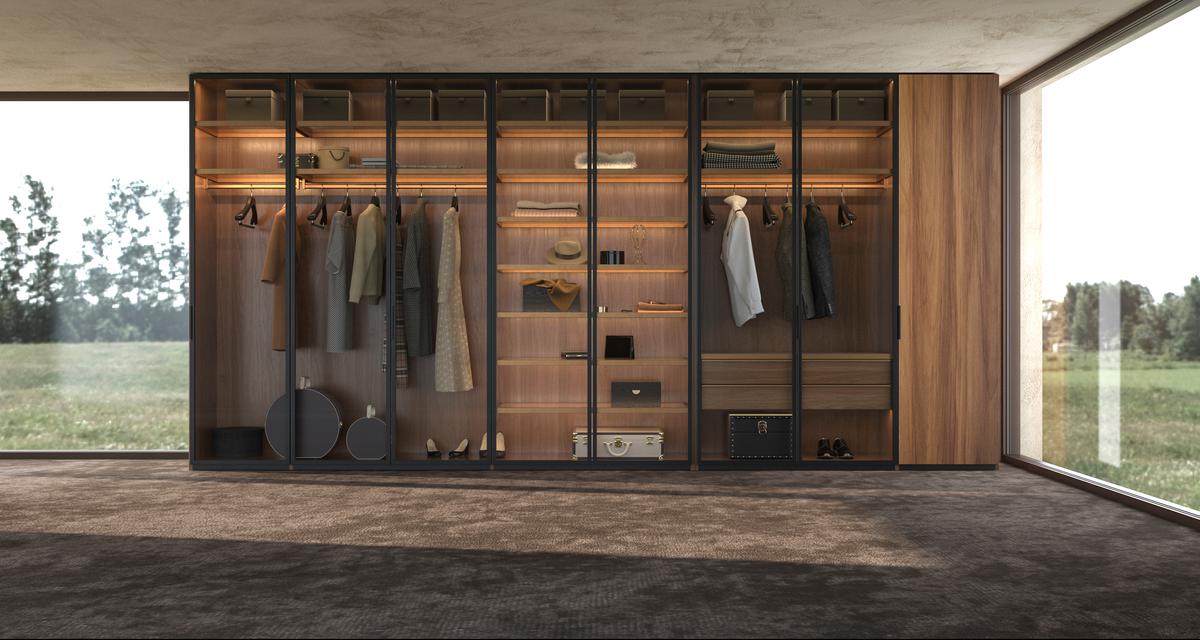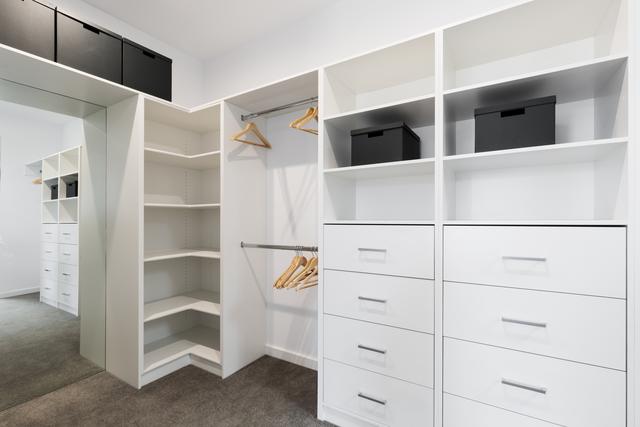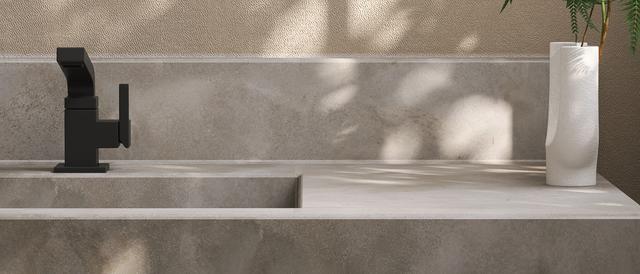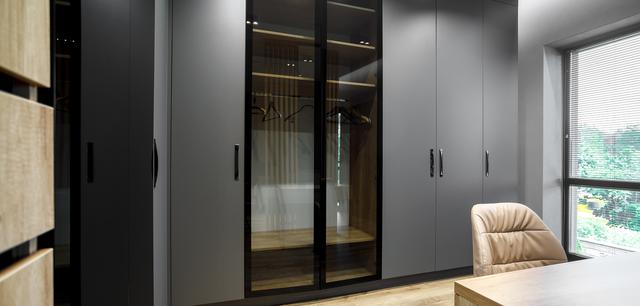As homeowners look for ways to maximize space and improve their homes' aesthetics, adding built-in furniture has become a popular option. From bookshelves to cabinets, built-ins offer a custom look and can increase storage and functionality. However, many homeowners are surprised by the challenges and unexpected expenses that come with this renovation project. In this article, we'll discuss the biggest surprises homeowners encounter when adding built-in furniture.
Customization Comes with a Cost
One of the most significant benefits of built-in furniture is the ability to customize it to fit your home's unique dimensions and style. However, customization often comes with a higher price tag. Unlike purchasing pre-made furniture, built-ins require custom design and construction. You'll need to work with a professional designer or carpenter to create a design that fits your space, and this can be a time-consuming and costly process.
You'll Need to Consider Your Home's Structure
When adding built-in furniture, you'll need to consider your home's structural integrity. Depending on the furniture's weight and size, you may need to reinforce the walls or floors to ensure they can support the new addition. This can be an unexpected expense, especially if you're not prepared for it.
Installation May Require More Time Than You Anticipated
Installation time can vary widely depending on the size and complexity of your built-in furniture. A small bookshelf may only take a day to install, while a custom built-in entertainment center could take several weeks. It's important to factor in installation time when planning your renovation project, as it may impact your daily routine and schedule.
Material Costs Can Add Up
When designing your built-in furniture, you'll need to consider the cost of materials. While basic shelves or cabinets may only require basic plywood, more intricate designs may require higher-end materials such as hardwood or specialty finishes. It's important to factor in material costs when budgeting for your renovation project.
You'll Need to Choose Between Prefab and Custom
When adding built-in furniture, you'll need to decide whether to go with a prefab or custom design. Prefab designs are pre-made and can be installed quickly and affordably. However, they may not fit your space or style as well as a custom design. Custom designs offer more flexibility and can be tailored to your specific needs but may come with a higher price tag.
In conclusion, adding built-in furniture can be a fantastic way to increase storage and functionality in your home while enhancing its aesthetic appeal. However, it's important to be aware of the challenges and unexpected expenses that come with this renovation project. By understanding these surprises upfront and working with a professional, you can ensure a successful and satisfying renovation experience.






comments